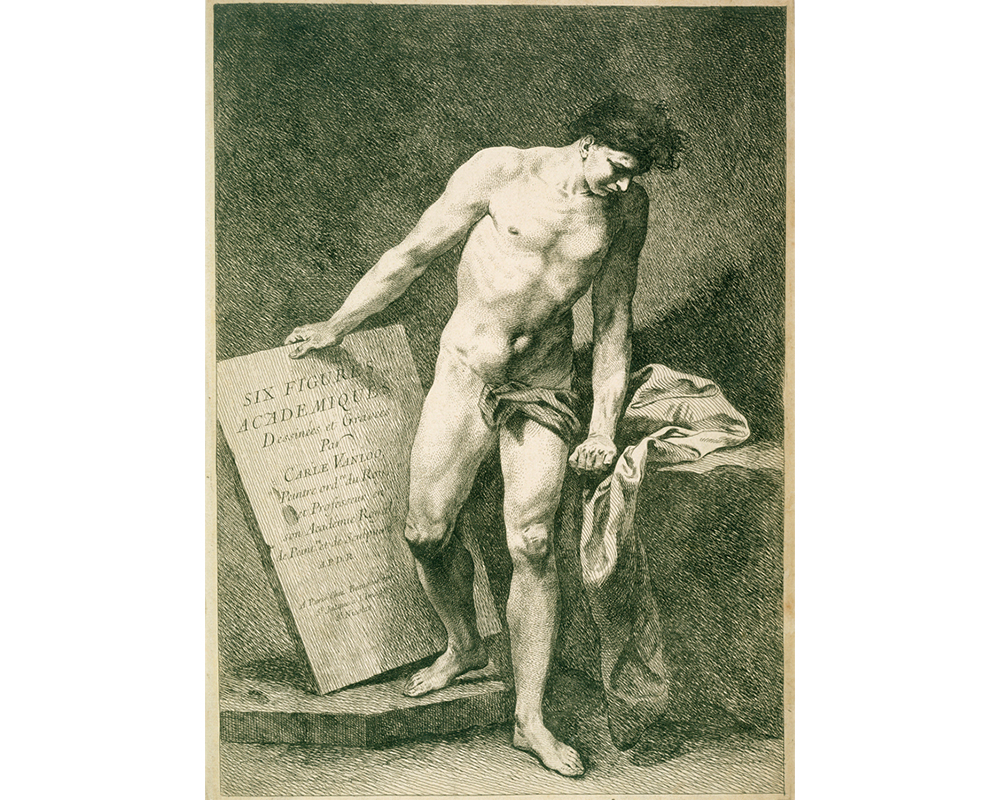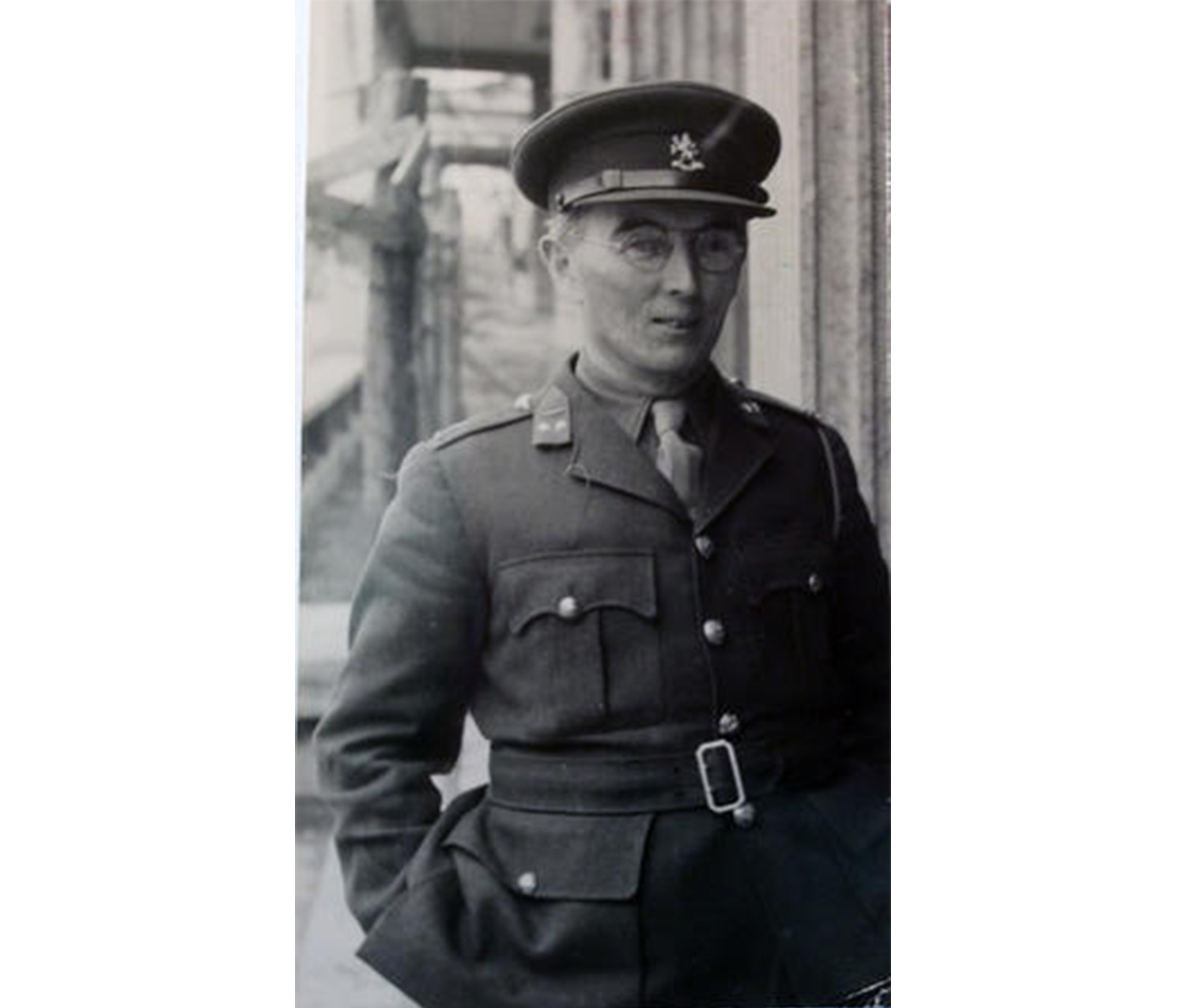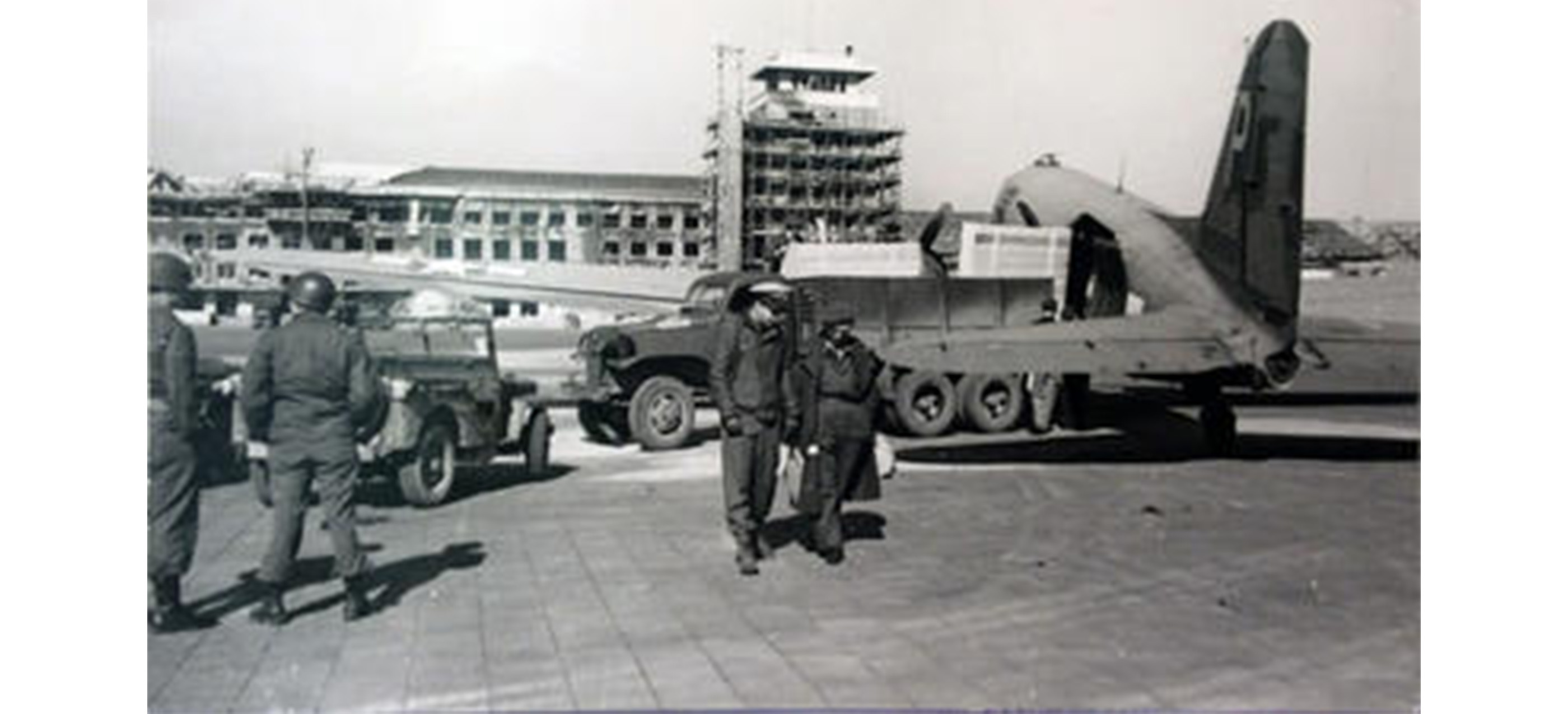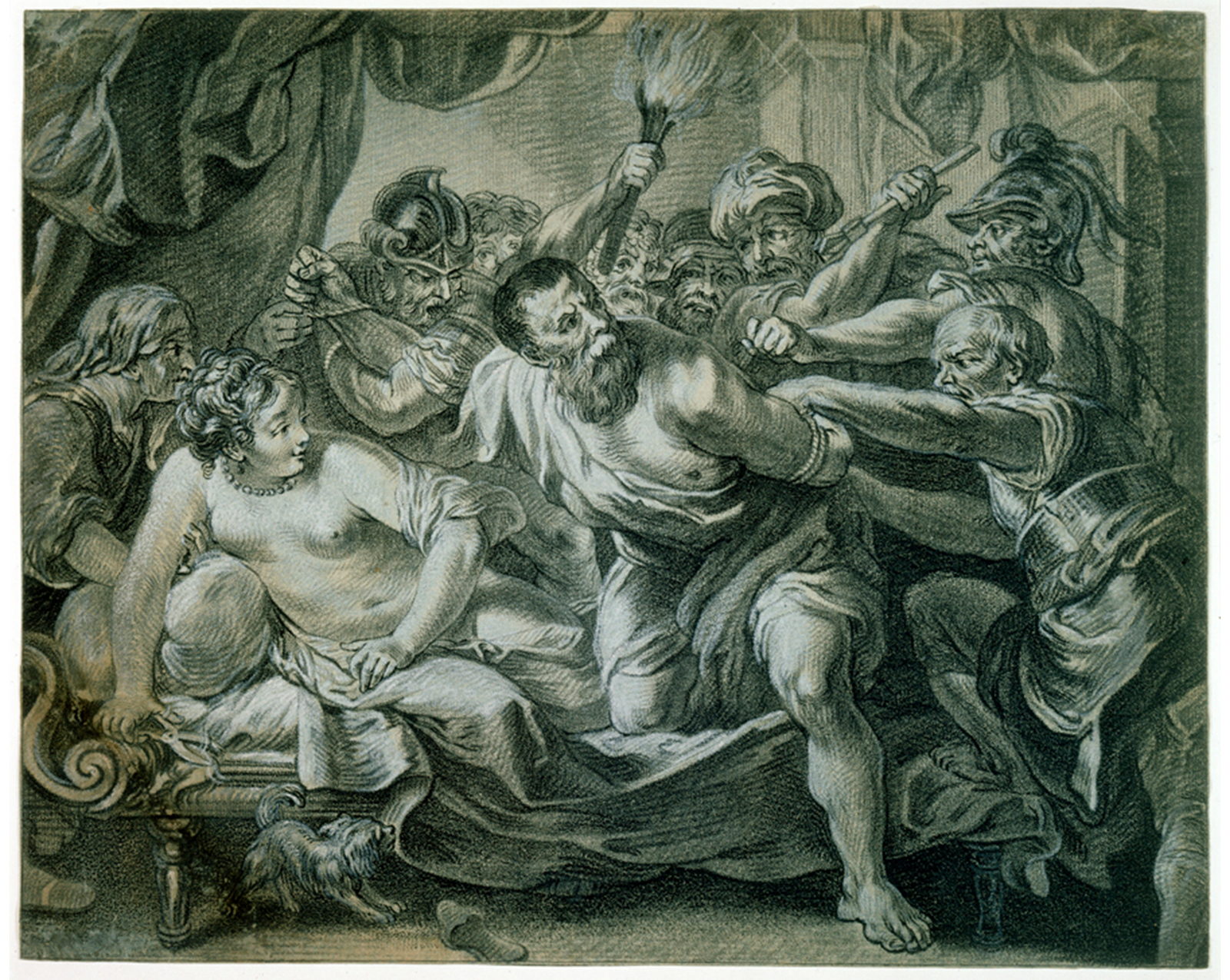
Smith Monuments (Wo)Men
Henriette Kets de Vries is the Manager of the Cunningham Center for Prints, Drawings and Photographs and Assistant Curator of Prints, Drawings and Photographs at SCMA.
When you think of art historians you do not immediately visualize George Clooney in that role. At least I don’t, but you might be surprised how adventurous, determined and devoted to art some of them are and were. The newly released film The Monuments Men highlights in a somewhat curiously lighthearted fashion the difficult and often dangerous work that was done by art historians during and after WWII. These men and women volunteered often without any kind of army experience, to go out in the field to protect and restitute Nazi looted art. They were culled from all kinds of museums and art institutions and Smith College was not left behind.
Yes, one of the most noteworthy ones was a woman, a Smithie of the class of 1922, Ardelia Ripley Hall. Listed here are some interesting articles worth reading about this remarkable Monuments woman:
- Not All Monuments Men Were Men
Other Smith affiliated monuments men were former Smith museum directors Charles P. A. Parkhurst and Frederick Hall, and former art history Professor Alphonse Vorenkamp. These art historians, academics were sent to war torn countries. This was not without risk; some of these countries were still engaged in battle while others were reeling in the chaos of postwar recovery.

With permission of the Smith College Archives
Vorenkamp, a Dutch Smith art history professor, was actually on sabbatical in his homeland Holland on the eve of the German invasion of Holland. It seems somewhat surreal to read his personal accounts about the academic research on Rembrandt he was doing, while around him museums were actively preparing themselves for war. His personal connections to these museums and their staff however, do give an interesting insight into these events. He writes:
“The director of the Mauritshuis, Professor Martin, the same who lectured at Smith last year, was proud of his new cement bombproof cellar and he dragged me downstairs to see his Paradise. I ain’t no Dante and Martin no Virgil, but at times I thought of old Doré just the same. At the moment I was in the Hague, it was the first week in January (Holland was invaded in May of that year) most of the paintings were down from the walls and stored in the Banks in the city and other secret places. The cellar was being finished the very minute. I saw it, with electric light we crawled into the place – Several feet cement on top of the room. Sticks representing the tallest and longest painting in the collection had told the architects who were coming to live there. By now, I suppose those cellars are filled with the treasures which were dispersed. It was the plan to recall the most important things. Professor Martin was cheerful enough. He told me, that in the years they hadn’t had such a beautiful chance to do the floors and walls and ceilings. He said if ever this place opens again, it is going to be spick and span.”
Vorenkamp managed to get out of Holland in the nick of time. He left his parents home on May 9th dodging an air raid and a demonstration on his way to Italy where he managed to catch a boat to the US. The next morning May 10th the Nazi bombed the city of Rotterdam and invaded Holland.
In May of 1945 Vorenkamp who had had some prior army experience was enlisted by the Dutch army as a Lieutenant Colonel.
He started his restitution work in Amsterdam and worked at the General Commissary for Economic Interests in Germany. He was made head of the subdivision of this office which was in charge of organizing the paperwork concerning stolen cultural objects, archives and libraries. They made a long list of works that were lost in Holland during the war and with that list he went off to Munich to function as chief liaison officer.

26 masterpieces taken on board American army plane. Vorenkamp in center with beret. With permission of the Smith College Archives
There at the Munich Central Art Collecting Point, buildings formerly functioning as the headquarters of the Nazi party, the allied forces had amassed thousands of recovered Nazi loot. Vorenkamp was in charge overseeing the returns of art to Holland. This was no small feat since Hitler and his cronies had been extremely deliberate about their massive art theft. Hitler himself had been gathering art for his grand imagined hometown art museum in Linz, Austria. Many high ranking men like Goering collected out of mere greed. Ironically Goering’s favorite piece, for which he traded 150 artworks, was a “Vermeer” painting, which was later discovered to be a forgery painted by the infamous forger Han Van Meegeren.
After his work as a Monuments Man, Vorenkamp was officially knighted by the Dutch royal family.

Then-Princess Juliana and her husband Prince Bernard behind her, together with Alphonse Vorenkamp (center of three men) presumably after the knighting ceremony. With permission of the Smith College Archives
On his return to America he organized a travelling exhibition of formally looted art in conjunction with the Dutch government. It was an exhibition of forty-eight 16th and 17th century Dutch works to thank America and in particular those institutions that had send people to help with the restitution effort.

Gilles Demarteau. Belgian, 1722–1776. After Peter Paul Rubens. Flemish, 1577–1640. Samson Taken by the Philistines, n.d. Crayon manner printed in black and white on blue laid paper. Gift of Alphons P.A. Vorenkamp. Photography by Petegorsky/Gipe. SC 1938.11.1.
Vorenkamp also leaves a small personal legacy behind in our Cunningham collection, since he donated a small group of carefully collected prints which are still frequently used in our classes and exhibitions. They and his remarkable story will be on view this Fall in our museum.